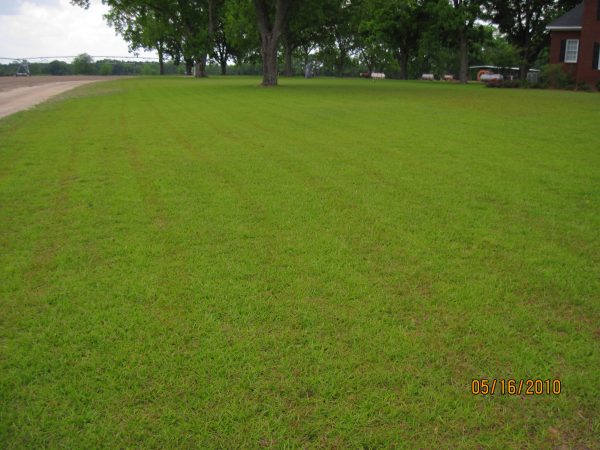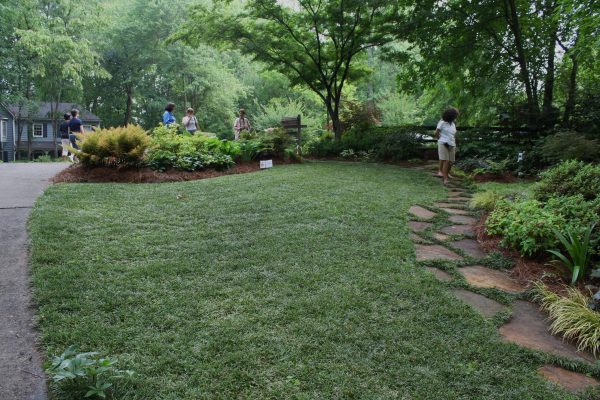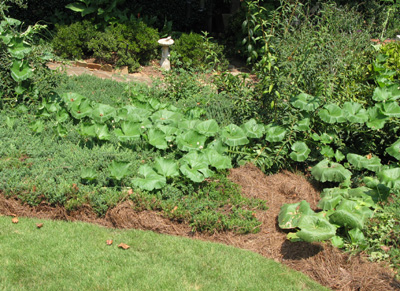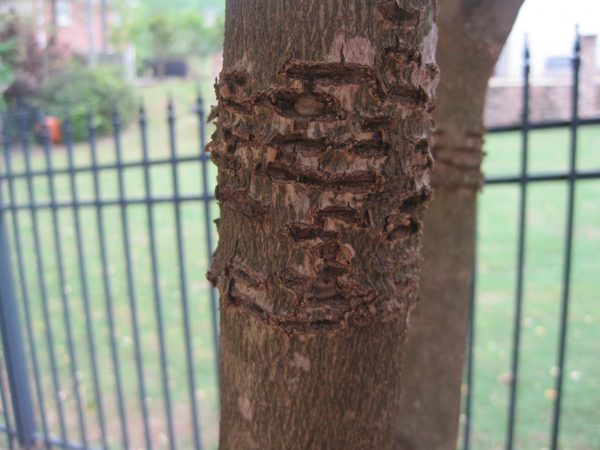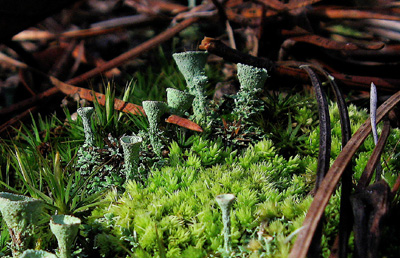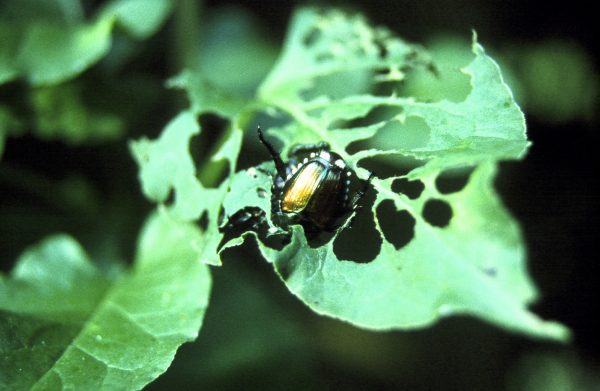Garlic
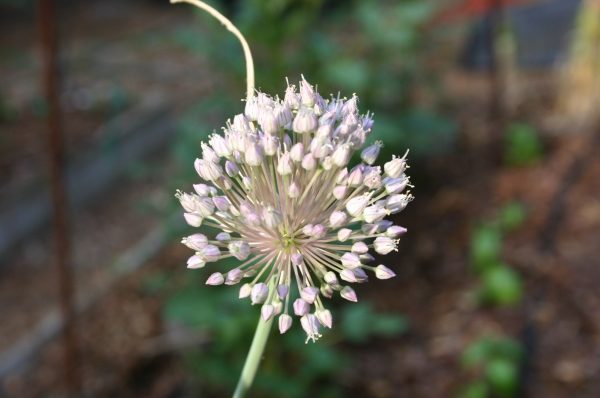
Allium sativum
taken from The Georgia Fruit and Vegetable Book by Walter Reeves and Felder Rushing
Garlic is a hardy perennial bulb that is grown as an overwintering annual. The bulb actually consists of a cluster of small bulblets called cloves or toes, covered in a papery wrapper. Garlic is an ancient vegetable, native to the Mediterranean. The Romans fed it to their slaves and soldiers because they thought it would impart extra strength to the hardworking people. The Romans themselves despised it because of its objectionable odor. Health benefits are attributed to garlic today, and it is a common item in health food stores. Garlic is used primarily as a flavoring in European and Asian dishes, although more people are using it more often in all kinds of cooking. Roasted garlic, which loses much of its pungency, is a tasty appetizer, especially with Italian or Greek cuisine.
• See also Home Garden Garlic
WHEN TO PLANT
Plant garlic in the fall; it requires a long growing season to develop large bulbs. In some upper parts of the South, some gardeners plant garlic in late winter; though the garlic will make a crop that summer, the bulbs will be small.
WHERE TO PLANT
Garlic prefers a location in full sun (8 to 10 hours will suffice) with well-prepared, well-drained soil. Planting in compacted soil will result in small, misshapen bulbs.
HOW TO PLANT
Apply a complete garden fertilizer, such as 10-10-10, at a rate of 3 pounds per 100 square feet of garden. Then work the soil into a fine seedbed (make sure that the soil is finely broken up). Start garlic from the cloves (sometimes called toes) which you have separated from the bulbs. Plant individual cloves 2 inches deep and 4 inches apart in rows 1 foot apart. In beds, plant in rows 4 inches apart. To have straight necks on the bulbs, keep the pointed ends up. If onion maggots have plagued your plants in the past, mix an approved garden insecticide in water according to label directions, and use it as you water in the bulbs.
CARE AND MAINTENANCE
Make sure the garlic has plenty of water if the weather turns dry; it requires about 1 inch of water per week. Keeping weeds under control is an ongoing task. Since the garlic does not provide complete cover, weeds will germinate all season. If thrips become troublesome, treat them with insecticidal soap.
ADDITIONAL INFORMATION
Garlic begins to bulb when the days get longer in May and June. The larger the plants at that time, the larger the bulbs will be, so it is important to keep the plants growing. If a flower head begins to develop (it looks like a round spear), snip the stalk off to force energy back down into the bulb. Harvest garlic as soon as most of the leaves have turned yellow, usually in early summer. Do not wait for all the leaves to turn yellow. You can begin harvesting when 5 to 6 green leaves still remain. If the plants are allowed to stay in the ground too long, the papery covering may begin to deteriorate. The ideal situation is to dig in the morning during dry weather. Let the bulbs dry where they are in the garden until afternoon, then collect them and spread them on screens or slats where they can cure for 2 to 3 weeks. After they are cured, brush off as much soil as possible, and cut off the tops. Or braid them together, and hang them in a dry place. Do not peel the bulbs, and do not wash them. Use damaged ones immediately. Dry garlic keeps much better than onions. Save some of the very best bulbs for planting the next season.
VARIETIES
Elephant garlic, which is actually a leek that forms a large bulb, smells and tastes like garlic, and it is grown the same way as common garlic. Some gourmet seed catalogs list several kinds of garlic. For example, topset garlic develops bulbs on the tops of the leaves. These tiny bulbs can be planted closely in rows and grown like green onions. The entire small plants are harvested and chopped for use in soups, spaghetti sauces, or wherever garlic would typically be added.



